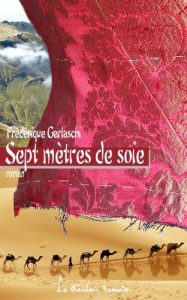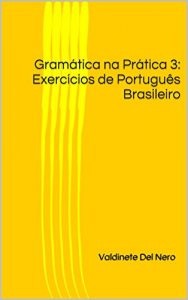I 99eBooks è una directory di eBook. Cerchiamo e classificato intorno alle eBooks Web per te!
Tutti i diritti riservati. I libri e libri elettronici sono di proprietà dei rispettivi proprietari.
Corsi di lingue straniere e supporti didattici Linguistica Storia della letteratura e critica letteraria
Chinese (Cambridge Language Surveys)
This general introduction to the study of the Chinese language traces its history from its beginings in the second millennium BC to the present day and provides a clear picture of the contemporary language and its sociolinguistic status. Chinese in its numerous dialect forms, has more speakers than any language in the modern world, and this vast extension in time and space brings to its study an exceptional complexity. Nevertheless, Professor Norman handles this extraordinary range of material with a deftness of organization and lucid elegance of style that make his book of real interest to any reader with only an elementary knowledge of linguistics. It includes information on the genetic and typological connections of Chinese, traditional Chinese phonology, the writing system, the classical and early vernacular languages, the modern language and the non-standard dialects, and the history of linguistic reform in China, concluding with a discussion of present and future prospects. This latest volume in the Cambridge Language Surveys will not only be welcomed by scholars and students of the Chinese language, but also by readers with a wider interest in Chinese studies and Asian language specialists in general. Like previous volumes in the series, it makes a significant contribution to general descriptive linguistics and language typology.


















